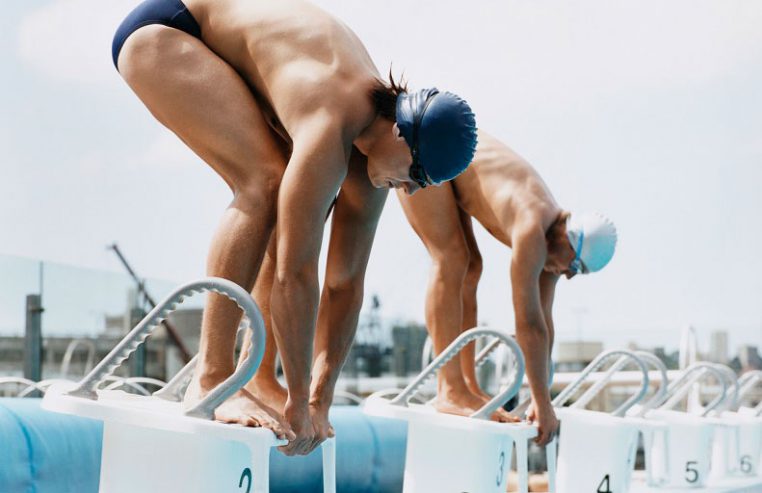Unless you’re wading through shark-infested waters, going for a swim hardly seems dangerous — especially for skilled swimmers.
But a common practice, holding your breath, can put you at risk for a dangerous condition called shallow-water blackout. This potentially deadly condition can happen to any swimmer, though it’s most common in competitive swimmers, free divers, Navy SEALS, and spear fishers.
About Shallow-Water Blackout
Simply put, shallow-water blackout occurs when someone faints underwater. This condition takes hold during a two-step process.
- The risk begins when you hyperventilate or “over-breathe,” usually because of exertion. (Think of how you might feel during serious exercise or when you get nervous at a meet) This lowers your body’s level of carbon dioxide (CO2).
- The risk continues when you hold your breath — an act common for those who swim underwater, whether because they’re competing, free diving, or just playing around with friends. As a result, your oxygen levels drop and your CO2 levels rise. Eventually, your body becomes starved of oxygen, and you lose consciousness beneath the surface.
When that happens, your body will reflexively take a breath — underwater. Unless a swimmer suffering shallow-water blackout receives immediate medical attention, he or she will drown. The condition can also lead to brain damage.
Despite the multi-step process, shallow-water blackout usually occurs without warning. It can occur in any body of water, from the ocean to your bathtub.
With Shallow-Water Blackout, Prevention Is Key
You’re at greatest risk for shallow-water blackout if you make repetitive laps with prolonged breath-holding and very little rest in between. That’s why this problem is most common in competitive swimmers. However, anyone who swims or plays in water can help avoid shallow-water blackout with the following tips:
- Never hyperventilate
- Never ignore the urge to breathe
- Never swim alone
- Never play breath-holding games
- Never take repetitive underwater laps; breathe after every lap
